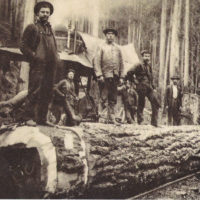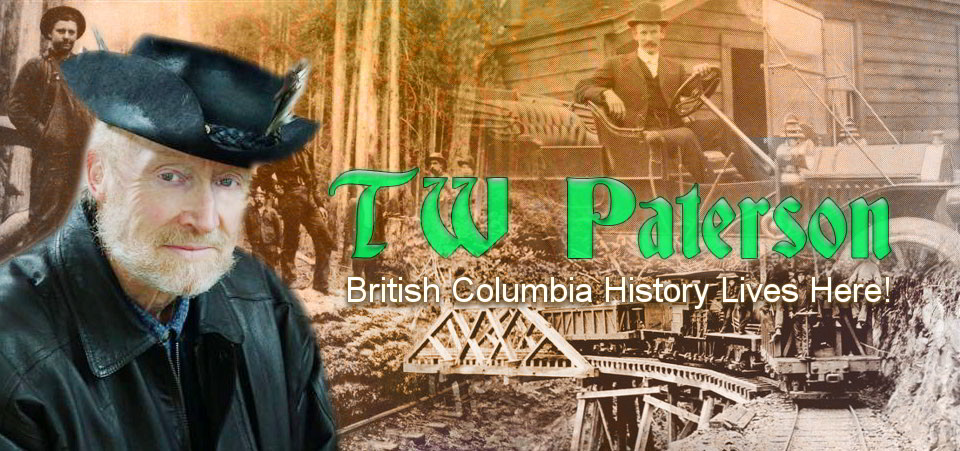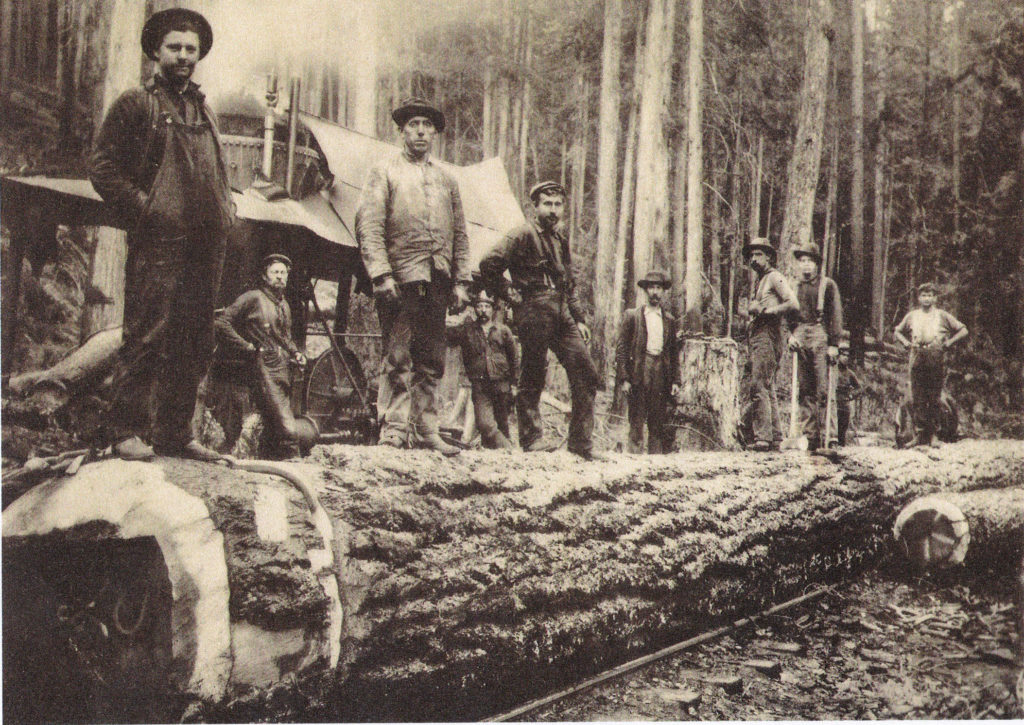Anger, Resentment, Rage Sparked Murders

I was young, callow and impressionable. It was this very combination of limited worldly experience that made my sitting beside a man I knew to be a convicted murderer—my first!—such an impression on me at the time.
Today, I barely remember what he looked like, what he said, what he was like. It’s the circumstances of his crime that stick with me:
How he’d been mercilessly razzed by a foreman until he threw down his tools, raced back to his room, grabbed his hunting rifle and returned to shoot his tormentor dead.
It was his going for his rifle that made him a murderer. His anger and resentment had led to intent and then he’d followed through. This took it from being an act of uncontrollable passion which likely would have rated a manslaughter charge. Nevertheless, his sentence had been relatively light and, one morning at my workplace, there he was, sitting beside me for the first time during coffee break.
All of which makes this story of a similar, earlier tragedy of anger, resentment and murderous rage resonate with me.
We have to go back to November 1926 when newspaper headlines announced that 12 provincial policemen were scouring the woods behind the Victoria Lumber Co.’s Camp 9, west of Ladysmith. They were looking for Oscar Ellison McMann, described as a 35-year-old First World War veteran of average height and a ruddy complexion, dressed in blue clothes and a grey overcoat.
He’d quit the VL&M in mid-October after falling out with 22-year-old donkey engine foreman George Michie and his co-workers.
Before stomping away he’d sworn to ‘get’ them. But five weeks passed, by which time Michie and the others likely had all but forgotten him. Until early that Saturday morning when McMann reappeared, rifle in hand, to call out Michie. As several loggers watched, bemused, McMann fired, the slug tearing into Michie’s stomach and propelling him down an incline where he lay, groaning.
Saying, “I will put you out of your misery,” McMann reloaded, stuck the muzzle behind Michie’s right ear and fired again.
After warning horrified eyewitnesses to remain silent, McMann went looking for the others of his crew. Even as provincial police from Chemainus, Duncan and Nanaimo, accompanied by the coroner, converged on Camp 9, several shots (later determined to be a single shot) were heard from the direction in which he’d gone.
Officers learned that a man answering McMann’s description, and carrying a parcel, had arrived in Nanaimo from Vancouver on Friday night and taken the jitney to Ladysmith. He’d have had to hike in to Camp 9 to arrive early Saturday morning.
For five weeks he’d stewed over Michie’s having bawled him out for building a fire so as to keep warm whiile acting as a chaser.
The smoke had interfered with his operating the donkey and Michie and two of the crew then ridiculed him for having warmed himself. This had led to harsh words, McMann’s quitting, and his vow to get even.
“Since Saturday morning,” it was reported two days later, “Chief Stephenson and a large posse have left no stone unturned in an effort to apprehend the murderer. Every avenue of escape has been covered and working on the theory that the single shot heard was the taking of McMann’s own life, a large party searched the woods, but up to the present no trace of McMann, either dead or alive, has been found.”
Bloodhounds brought in from Lake Cowichan also failed to find him because of the thick bush and heavy rains which had fallen immediately after the murder.
At the coroner’s inquest, several witnesses testified to the last, terrifying minutes leading up to Michie’s death. John Carmichael said he was surprised to see McMann when he arrived, at 6 o’clock that morning, to clean the boiler of his donkey which was 40 feet away from Michie’s machine. The armed McMann had greeted him by asking if “the same bunch” were working as when he’d left. Told that they were, he replied, “I’ll settle this whole thing this morning.”
He told Carmichael to go about his job and waited as several others started work. As Michie approached, Carmichael tried to warn him by waving him off. But McMann called out, fired, then delivered the coup de grace to the head as the donkeyman lay mortally wounded with a bullet in the abdomen.
Succeeding witnesses agreed with Carmichael—who possibly saved the other two men on McMann’s hit list by running up the railway tracks to warn them—that McMann had originally been friendly, quiet and unassuming–”there was no better man”.
However, after Michie dressed him down for the smoking fire and the way he loaded logs, and two others razzed him, he’d become moody.
It was four months before police found McMann’s skeletal remains on the slopes of Mount Cecil, just a mile from the murder scene. With the same .43 calibre Mauser rifle he’d used on Michie, Oscar McMann had taken his own life.
Back to the convicted murderer with whom I shared lunch, way back when. Both he and McMann were amateurs when compared with a man I first met in a Duncan auto electrical parts store in the mid-1970s. Then again,several times while he was awaiting trial, at Cowichan Valley garage sales with his two young sons in tow.
The boys were dressed impeccably in suits, of all things (for garage sales), he, tall, well-built and striking in his saffron-coloured turban. Even back when I bought auto parts from where he worked, he caught my attention, not just for his appearance but for his intense gaze; he literally looked right through you.
By the time of our chance meetings on the garage sale circuit, he was the subject of international news and I knew I was looking at a man who was formally accused of the murder of two airport baggage handlers in Japan.
And accused of building the bomb that blew up Air India Flight 182 over the Atlantic Ocean on June 23, 1985, killing 329 passengers and crew members.
I’m referring to Inderjit Singh Reyat, of course.
There had been no annger and resentment involved here; it was done with cold calculation, an act of political and religious terrorism. But Canada’s worst-ever crime of terrorism and the subsequent most expensive criminal trial of all time, is another story.
5 Comments
Trackbacks/Pingbacks
- VANCOUVER’S OWN TRUNK MURDER - TW Paterson | TW Paterson - […] See Also: Anger, Resentment, Rage Sparked Murders […]


By happenstance,I knew one of the two pilots of the CPR jet that carried the second Air India bomb. Again, happenstance again, jet stream head wins set the flight arrival at Narita back by 30 or 40 minutes. Thus the reload of the baggage compartment on Air India was stalled and blew up at the airport killing baggage area of Narita with unintended deaths, very sad for sure, but perhaps saving several hundred souls. 1 or 200, murder is murder.
Thank you for that nugget, Brian. The way the Air India case unravelled in court and the fact that the murderers are walking free still galls me. I’ve neve understood why some grieving relative hasn’t gone after them…
Great article Tom – thanks!
You, too, Bob. Whoever said history is dull must have been smoking something….
I would like to see and read more story’s like this , as I find them very interesting